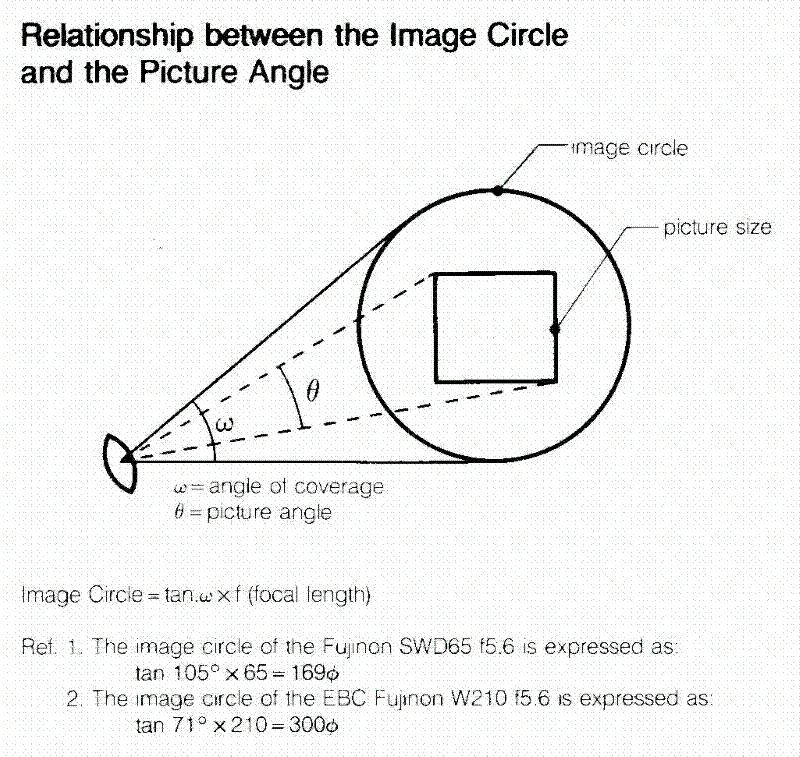

KEYS TO THE LISTS:



The Copal
#3 and #3s shutters are problematic. Both of these are simply listed as
"C3" on these tables, because it can be impossible to know if the #3 shutter
on any particular lens is a #3 or a #3s. One problem is that many, but
not all, Copal #3s shutters are inscribed simply "COPAL No. 3" on the
shutter. Just as
important, the Fuji literature did not distinguish between the two. If
a lens with a #3s shutter appears in the literature -- any many don't -- it
is listed as a Copal #3. And because the two shutters look exactly the
same, you cannot determine which shutter is used unless it is marked "COPAL
No. 3s". To determine which shutter, marked simply "COPAL No. 3",
really is, the diameter of the front threads must be measured -- exactly.
They are slightly smaller on the 3s -- I guess the "s" means "smaller".

It is always possible to see a lens in a shutter different from the ones
listed here. One possibility is that the lens was actually sold with
different shutters -- and a few were, such as Sinar -- but if the shutter is not listed
here, chances are it is just a replaced shutter from the original
one. So you can see the same optic in shutters named, Copal,
Seiko, Compur, Sinar. It is also important to note that there were changes
made to the shutters over time. For example, some early shutters have
1/2 stop marks, but most have 1/3 stop markings. In addition, some
early shutters have marking that are not evenly spaced -- the marks get closer
as the diaphragm is stopped down. The earliest shutters were
fine-ribbed chrome. These were later replaced by wider ribbing. And
the latest Copal shutters were all black, not chrome & black. These
appeared with the new CM-W series, and the other lens series made the switch
at about the same time. Plus, there are also several BARREL lenses
which were sold without shutters. These have a diaphragm built into
the lens, instead of the shutter. Some appear on shutters that were
added later by the owner.
If you are interested in having a link to your website, or if you would like to advertise your website or product(s) on any of the above websites, please send an email to XKAES@AOL.COM.
* Emphasizing quality over quantity, you are visitor
to
the THE WORLD'S MOST COMPLETE FUJINON LARGE FORMAT LENS LIST. Thanks for
stopping by. Please visit us again -- and help spread the word!
web
counter